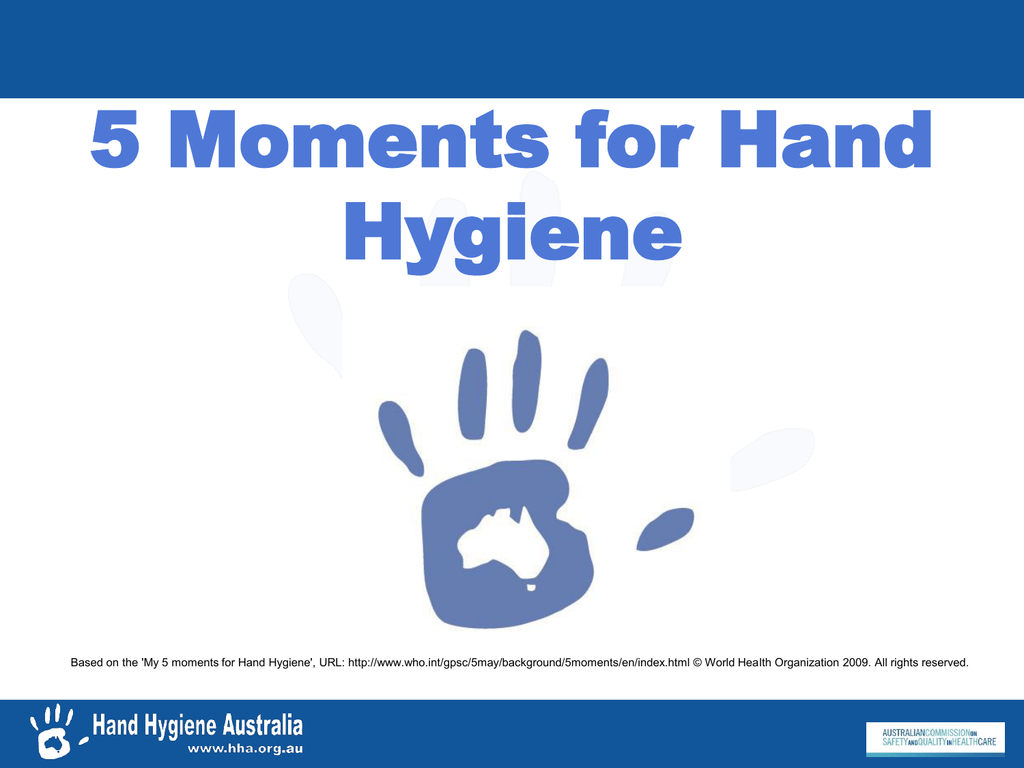
This included the 5 Moment for Hand Hygiene.Īs an extension of the Clean Care is Safer Care program, WHO also stepped up its advocacy and campaigning work with the 2009 launch of the SAVE LIVES: Clean Your Hands global campaign on the 5 May, marking the first international day of hand hygiene in healthcare, 10 years ago. WHO also provided an array of tools for facilitating implementation, aimed at affecting structural and behavioural change at the point of care in the context of a favourable safety culture. Translating this into simple language, the strategy reads “ build it, teach it, check it, sell it, live it”. This consists of five elements to be addressed in parallel during implementation of hand hygiene improvement strategies: system change, training/education, evaluation and feedback, reminders in the workplace and the institutional safety climate. Importantly for improvement on the front line, WHO outlined what they termed a Multimodal Hand Hygiene Improvement Strategy. WHO published the first draft of the Guidelines on Hand Hygiene in Health Care in 2006 with a final, post-pilot version, in 2009. In 2005, the First Global Patient Safety Challenge program: Clean Care is Safer Care, whose flagship was hand hygiene promotion, was launched. The World Health Organization (WHO) launched the World Alliance for Patient Safety in 2004. But let’s examine some of the broad milestones from the last two decades that have affected global, regional and local actions to stop people getting infections through improved hand hygiene. Their presence, where and when they’re needed, affects the behaviours of healthcare workers. In the last 20 years, how we approach hand hygiene improvement has changed drastically, including through the availability and use of alcohol-based hand rubs at the point of patient care.

Performing hand hygiene at the right moment is an essential infection prevention and control (IPC) action for healthcare workers and plays a role in the prevention of HAI. We recommend caution in the universal adoption of the WHO '5 moments of hand hygiene' by orthopaedic surgeons and other health care workers and emphasise the need for evidence-based principles when adopting hospital guidelines aimed at promoting excellence in clinical practice.Healthcare-associated infections (HAI) affect hundreds of millions of individuals worldwide. Consensus-based guidelines based on weak scientific foundations should be assessed carefully to prevent shifting the clinical focus from more important issues and to direct limited resources more effectively. We found no strong scientific support for this regime of hand hygiene as a means of reducing health care associated infections.

Our review analyses the scientific foundation for the five moments of hand hygiene and explores the evidence, as referenced by WHO, to support these recommendations.

Many NHS trusts in England adopted this model of hand hygiene, which prompts health care workers to clean their hands at five distinct stages of caring for the patient. The World Health Organization (WHO) launched the first Global Patient Safety Challenge in 2005 and introduced the '5 moments of hand hygiene' in 2009 in an attempt to reduce the burden of health care associated infections.


 0 kommentar(er)
0 kommentar(er)
